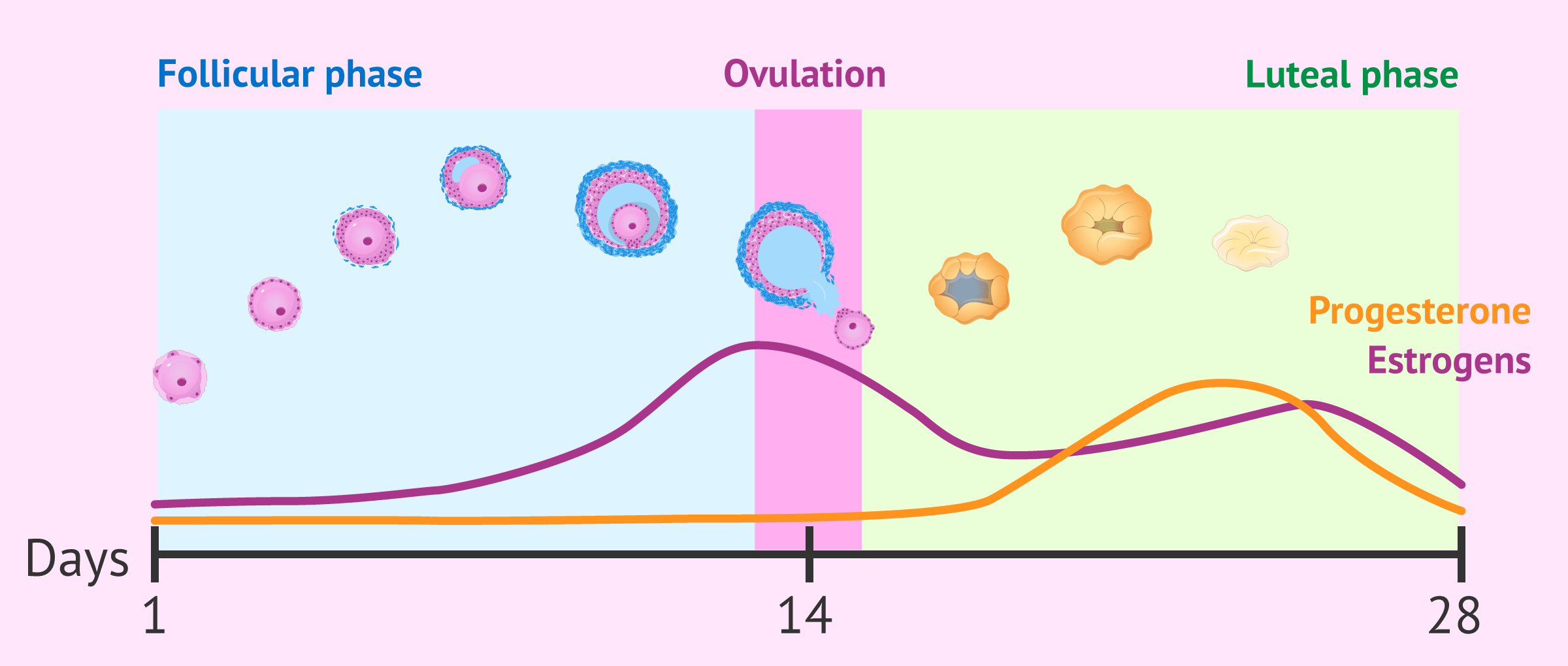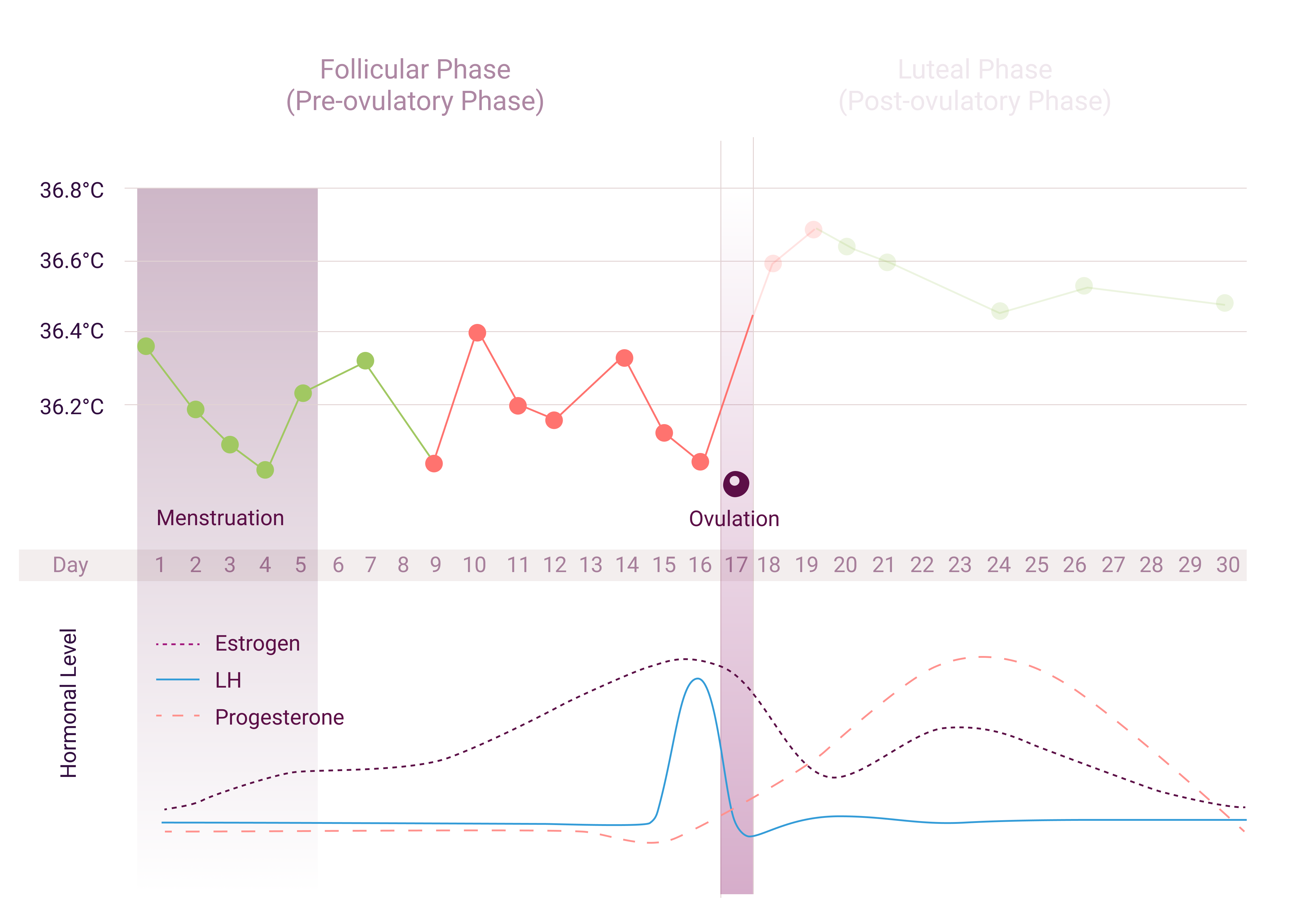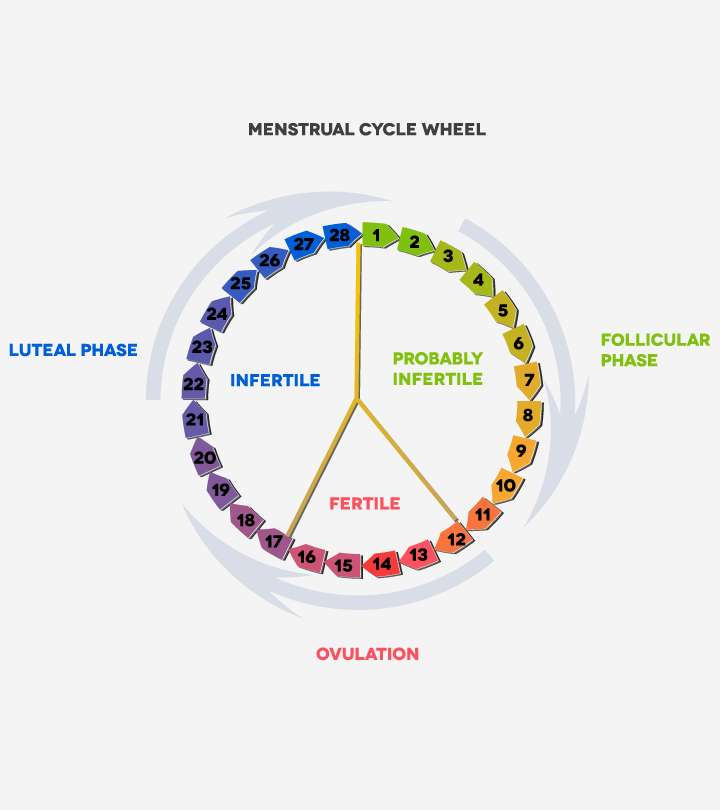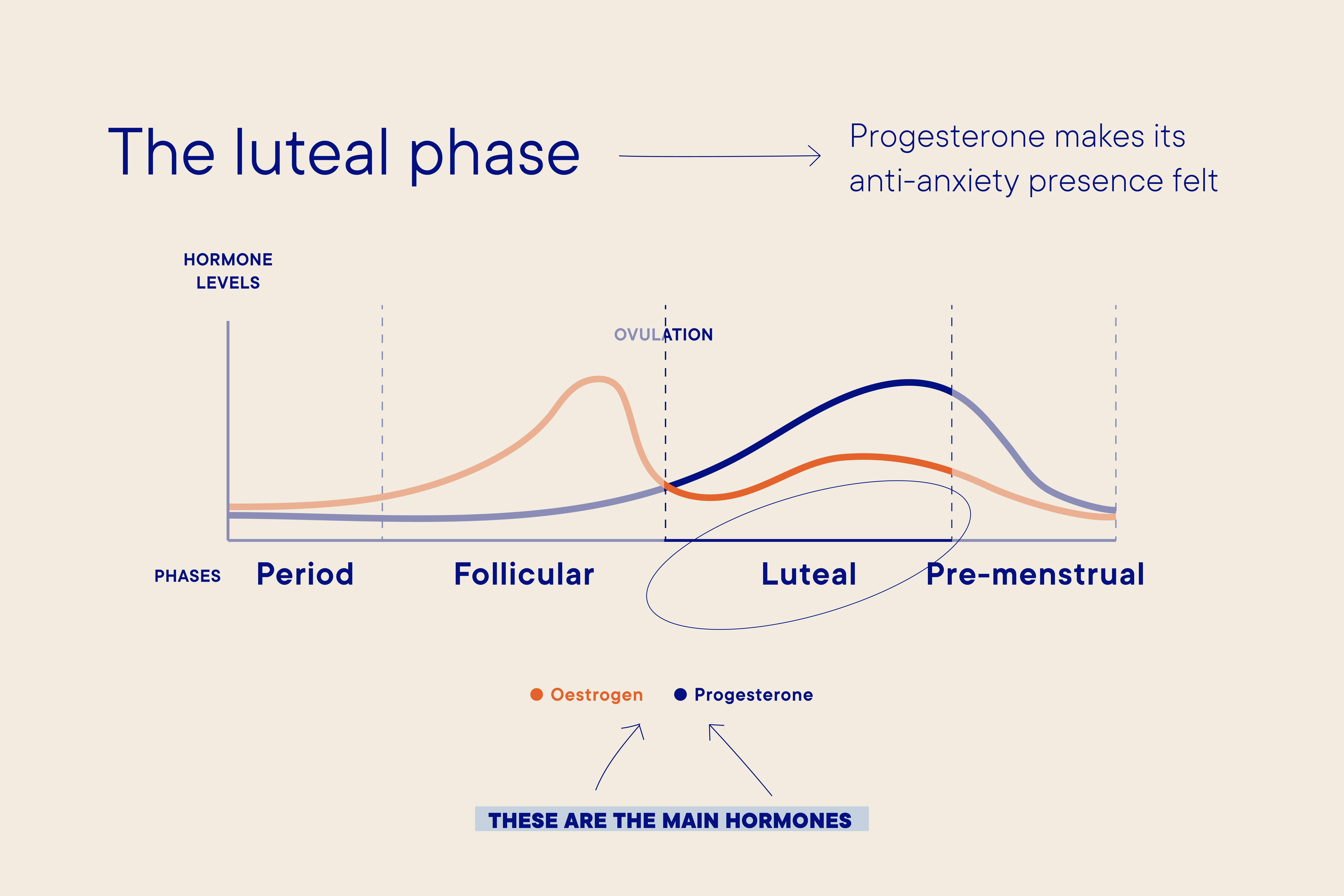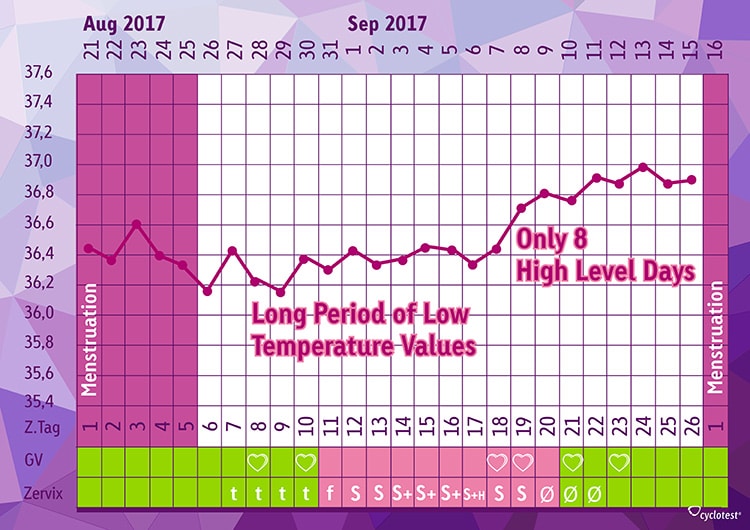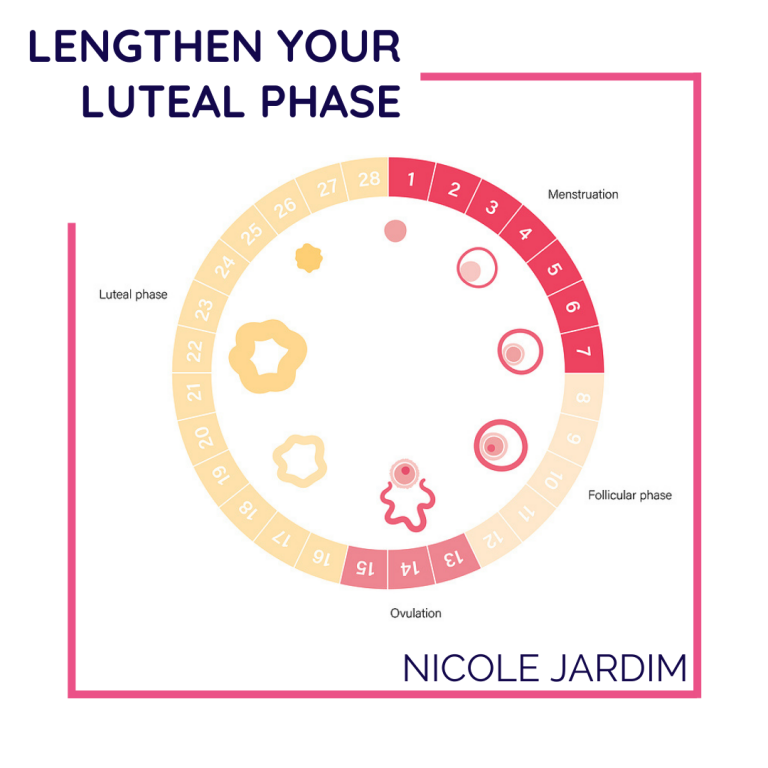Top Notch Tips About How To Detect Your Luteal Phase
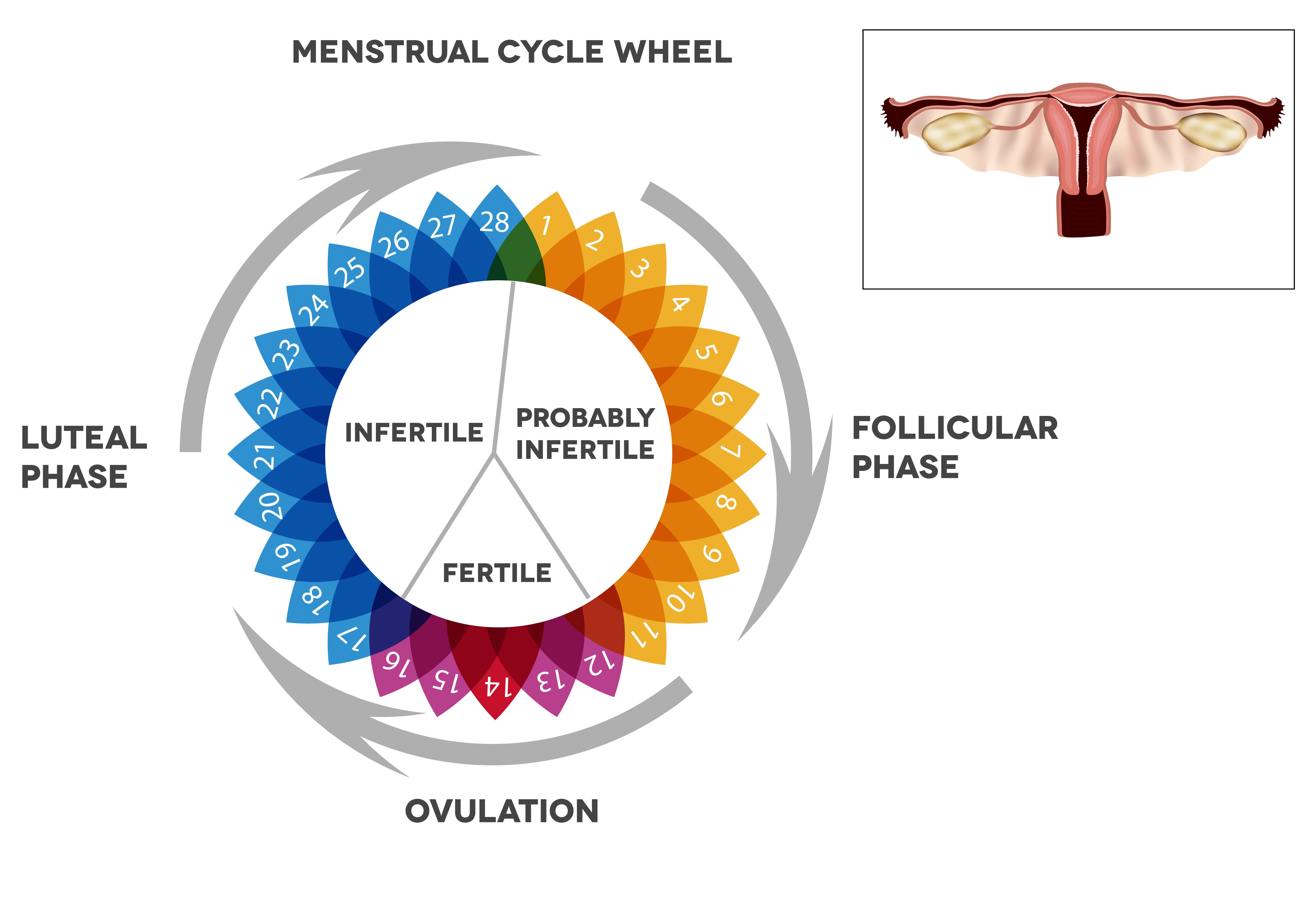
Feeling good in the luteal phase is a combo of mental/emotional awareness and supporting the physical body.
How to detect your luteal phase. Focus on getting fat, protein and enough carbs at every meal. Try dandelion, fennel, turmeric, or ginger tea. What is the luteal phase?
While this is common, it is not normal. You may notice less cervical mucus in the luteal phase, and it may be thick, dry, and cloudy rather than clear and thick like it was before ovulation. Home / health library / diseases & conditions / luteal phase defect luteal phase defect a luteal phase defect (luteal phase deficiency) is when your uterine lining doesn’t thicken or grow enough to support a pregnancy.
During this phase, the uterus prepares for pregnancy by thickening the uterine lining. How to know if your luteal phase is too short or unbalanced. Some common signs that you're in your luteal phase include:
For instance, if your ovulation date was january 14th, and your menstruation period started on january 28th, your calculation will appear like this: The hormonal changes during the luteal phases are likely responsible for. The luteal phase, which typically lasts around 14 days, picks up where ovulation left off and ends when the start of the next menstrual phase occurs.
During the luteal phase, the remnants of the ruptured follicle (aka the corpus luteum) secretes progesterone, which is a hormone that prepares your body for. How long is the luteal phase? Some signs that you’re in the luteal phase of your cycle include:
Late luteal phase hacks shared by women (based on their personal experience) What does it mean if your luteal phase is long? Related articles you might be interested in how to ease symptoms in the late luteal phase (pms)?
Understanding and tracking your menstrual cycle, particularly the luteal phase, is essential for women’s health and family planning. The four phases of the menstrual cycle include menstruation, the follicular phase, ovulation, and the luteal phase. Do this for several months, and note the duration between ovulation.
Vitex, also known as chaste berry, is an herbal supplement that’s often used to promote hormone balance. Here’s what’s going on in your body during the luteal phase. How do you know if you’re in the luteal phase?
Fertility hormones in the luteal phase help your body to prepare for a possible pregnancy. The average length of this phase is 14 days, but it changes from person to person and throughout your life. The luteal phase is the time between ovulation and the next menstrual period, while the follicular phase precedes the luteal phase and is the time between the first day of the menstrual period and ovulation.
But it also helps lengthen the luteal phase. Grab your free checklist with 5 tips on how to lengthen your luteal phase today! Typically it lasts anywhere from 12 to 16 days, and is considered short if it lasts less than 10 days after ovulation ends.

